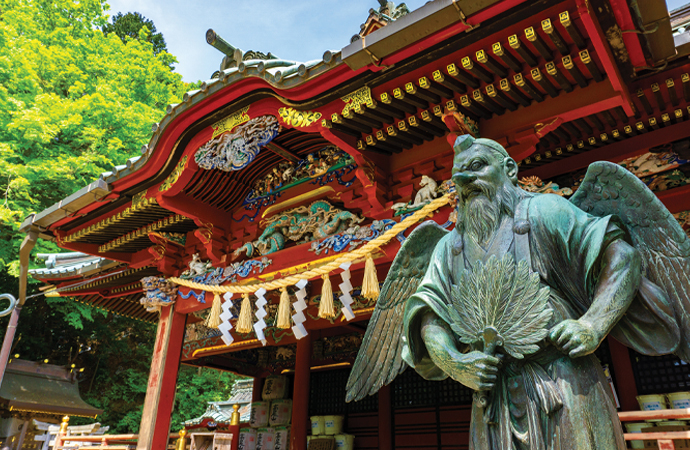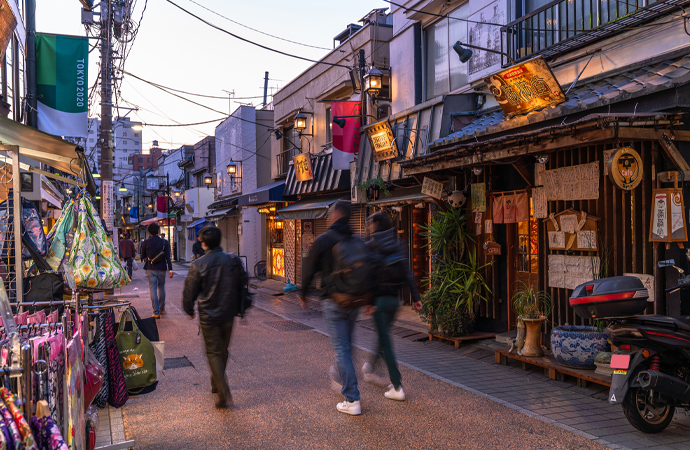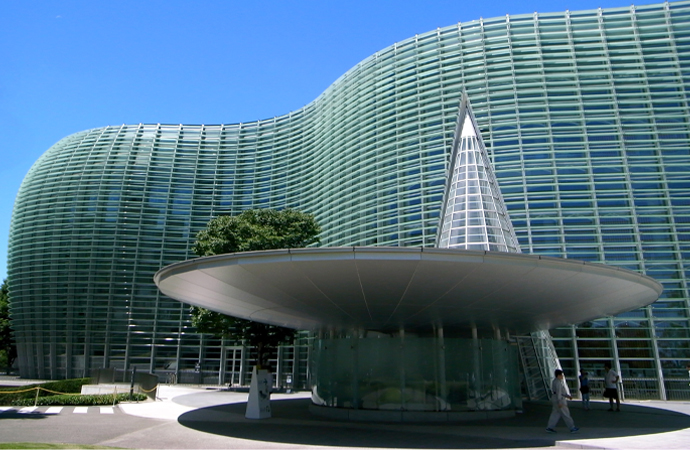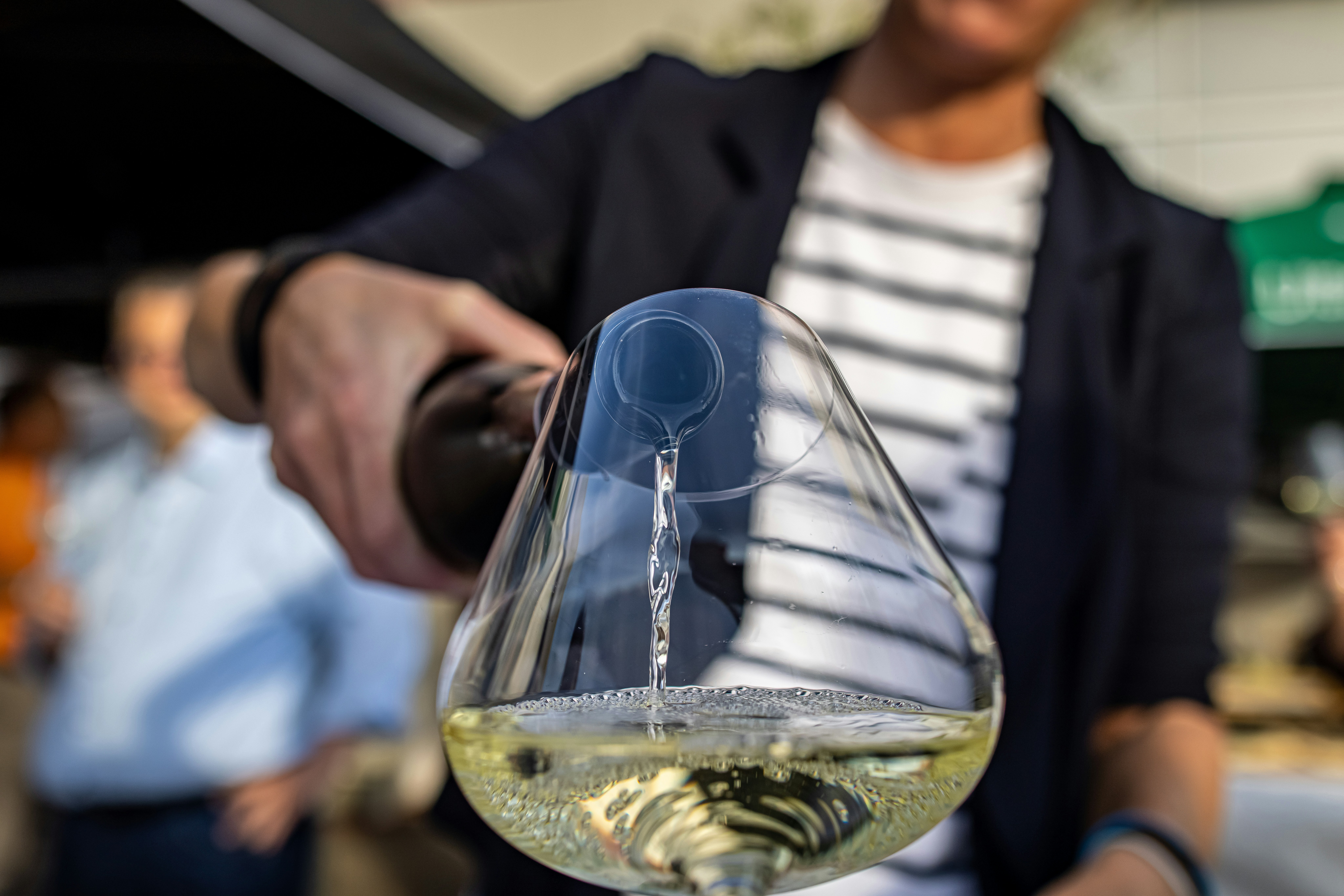How to Spend an Extra Day in Tokyo
No matter your taste, your inner spirit will come alive in the capital of Japan
November 1, 2023

Azabudai Hills / Photo: ⒸDBOX for Mori Building Co., Ltd.

From the glistening neon signs of Shinjuku to bustling Shibuya Crossing and crazy, cute pop-cultured Harajuku, Tokyo is filled with a power and energy that attracts people from across the globe. On the other hand, the city is also infused with tradition and tranquility. Step into the Imperial Palace Outer Gardens or the forested path leading up to Meiji Shrine—dedicated to the deified spirits of Emperor Meiji and his consort, Empress Shoken—or the numerous temples with their rites and rituals, and the plentiful parks and gardens showcasing the transient nature of the changing seasons. No matter your taste, your inner spirit will come alive in Tokyo. Take a free day to explore the city’s distinct charms.
Mt. Takao in Tama Area: Tokyo’s Sacred Mountain

Mt.Takao Yakuoin
Mt. Takao (1965 feet above sea level) is located on the western edge of Tokyo, about a 50-minute local train ride from Shinjuku. It is Tokyo’s tallest mountain and is an ideal, low-impact nature hike replete with cultural experiences. In the olden days, it was said that tengu—winged celestial dogs with magical powers—inhabited the sacred peak. A cable car will take you to the midway point of the mountain for spectacular views. On a clear day, you can even see Mt. Fuji from the summit. Then, you can enjoy a comfortable stroll down along gentle, easy trails. Most people opt for Trail Number 1, the “Omotesando Trail.” This is the longest route, but it’s still only 2.4 miles. It’s mostly paved, with tourist attractions on the way, including a monkey park and the famous Yakuoin Temple, where you can pray for good luck or even attend a Goma fire ritual.
Azabudai Hills in Minato Ward: Tokyo’s Newest Urban Development

Azabudai Hills / Photo: Courtesy of Mori Building Co., Ltd.
Azabudai Hills will open on November 24, 2023, as one of Tokyo’s most high-profile development projects. The developer, Mori Building Co., Ltd., has spent 30 years working on this 20-acre urban renewal project to create not just a building, but a city. The concept of Azabudai Hills is a “Modern Urban Village,” with a vast central plaza at the heart of the city, and a high degree of integration of various urban functions, including offices, residences, hotels, commercial facilities, and cultural attractions. Deutsche Bank has already announced it will relocate its Japanese base there in 2024, and the British School in Tokyo is also planning to open a new campus there. Of note is the partnership with Aman, one of the world’s leading small luxury resorts and hotels. They are creating Aman’s first urban residence in Japan, Aman Residence Tokyo, and opening the first Janu Hotel Tokyo, Aman’s sister brand. On the cultural and artistic front, the “Mori Digital Art Museum: TeamLab Borderless,” which was formerly located in Odaiba, will reopen in Azabudai Hills. This extensive immersive digital art installation was recognized by the Guinness Book of World Records as the “Most Visited Museum” (single art group).
Shopping in Nihonbashi: Stroll the Oldest Merchant District

Nihonbashi
Located near Ginza and Tokyo Station, Nihonbashi (literally meaning Japan-Bridge) is a city where tradition and modernism merge. During the Edo period (1603-1868), this was the center of commerce and the starting point of Japan’s five major highways. The urban plan of the area is characterized by a harmonious blend of shrines, bridges, and highway architecture in layers between modern high-rise buildings. Traditional retail establishments, such as kimono shops and specialty shops for seaweed, soy sauce, gold leaf products, and authentic steel knives, as well as long-established restaurants, have carried on the DNA of the area since the Edo period. The oldest department store in Japan, Nihombashi Mitsukoshi Main Store, was founded in 1673 as Echigoya and became Japan’s first department store in 1904. Nihombashi Takashimaya is also among Japan’s oldest department stores. Visitors can admire its 1930s architecture as they browse through the store. The Mitsui Memorial Museum of Art, itself designated an Important Cultural Property, displays more than 4,000 works of art and craft objects from the collection of the Mitsui family, a prominent family in the business world. The collection, which spans three centuries, includes tea ceremony utensils, paintings, swords, calligraphy works, Noh masks and costumes, and many other items from the Edo period.
Walk Around Yanesen: Explore Nostalgic Tokyo

Yanasen Yanaka Ginza
Yanesen is now a popular area for foreign tourists. The name “Yanesen” is an acronym for three towns: Yanaka, a temple town and villa area from the Edo period and popular old-style shopping district; Nezu, which flourished as a town in front of Nezu Shrine; and Sendagi, a residential area where many writers and artists such as Soseki Natsume and Ogai Mori lived. Miraculously spared from major damage caused by war and natural disasters, this area is filled with a nostalgic downtown Tokyo atmosphere. Here, you’ll find narrow alleyways, traditional wooden machiya houses, taverns, atmospheric coffee shops, and retro stores selling old-fashioned sweets and snacks. It is also known for its vibrant art scene: Scai the Bathhouse is a contemporary art gallery housed in a renovated public bathhouse, showcasing works by Japanese avant-garde and international artists. Asakura Museum of Sculpture is the former studio and residence of Fumio Asakura (1883-1964), one of Japan’s most famous sculptors, and is now an art museum. The Takehisa Yumeji Museum exhibits works by Takehisa Yumeji that represent Japan’s Taisho Romanticism (1912-26). If you have time to spare, stop by the Daimyo Clock Museum to see the spectacular collection of pre-modern clocks.
Art Museums in Roppongi: Check Out the Latest Art Movement

National Art Center
Roppongi is known for its business and nightlife, but it also sports a thriving art community. The area is home to three major art museums within walking distance of each other: the National Art Center, Tokyo, the Suntory Museum of Art, and the Mori Art Museum, forming the “Roppongi Art Triangle” (ATRo). There is even a discount ticket system called “ATRo Saving.” The National Art Center, Tokyo, with its eye-catching glass facade designed by world-renowned architect Kisho Kurokawa, is a center for education and information on modern and contemporary Japanese art, and regularly holds innovative exhibitions. The Suntory Museum of Art, located in Tokyo Midtown, focuses on “life in art” and has a collection of over 3,000 objects closely related to Japanese daily life. The museum’s interior is based on the concept of Japanese modernism, blending traditional and contemporary architectural styles. Located on the 53rd floor of Roppongi Hills, the Mori Art Museum, based on the concepts of “contemporary” and “international,” presents exhibits related to the culture, history, philosophy, and science of Asia, Europe, and Africa.
To discover more about Tokyo, visit tokyotokyo.jp. For the Official Tokyo Travel Guide, visit gotokyo.org.



